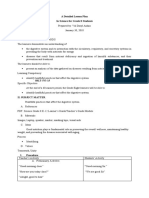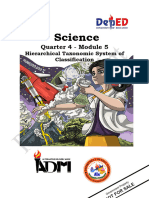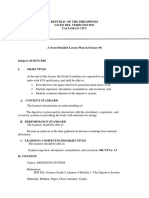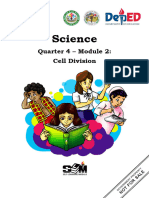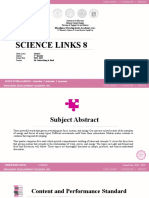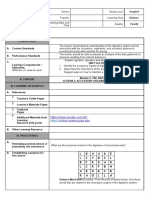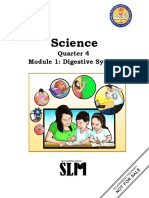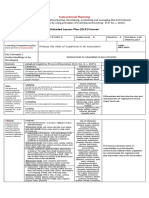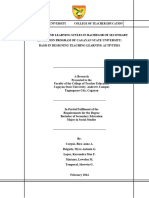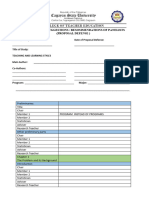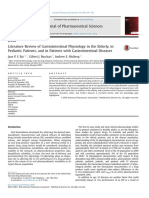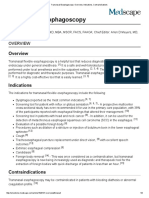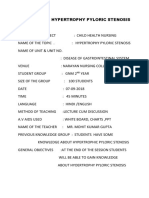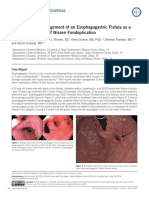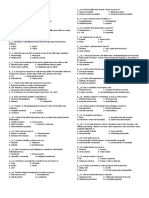0% found this document useful (0 votes)
2K views16 pagesScience8 Q4-Module 1
The document discusses the digestive system and the processes of digestion. It describes the organs that make up the digestive system and their functions. It also explains how food travels through the digestive system, being broken down at each stage, from ingestion through the mouth, esophagus, stomach, small intestine, large intestine, and excretion.
Uploaded by
Lovelyjoy MarianoCopyright
© © All Rights Reserved
We take content rights seriously. If you suspect this is your content, claim it here.
Available Formats
Download as PDF, TXT or read online on Scribd
0% found this document useful (0 votes)
2K views16 pagesScience8 Q4-Module 1
The document discusses the digestive system and the processes of digestion. It describes the organs that make up the digestive system and their functions. It also explains how food travels through the digestive system, being broken down at each stage, from ingestion through the mouth, esophagus, stomach, small intestine, large intestine, and excretion.
Uploaded by
Lovelyjoy MarianoCopyright
© © All Rights Reserved
We take content rights seriously. If you suspect this is your content, claim it here.
Available Formats
Download as PDF, TXT or read online on Scribd
/ 16





